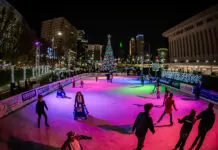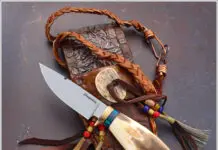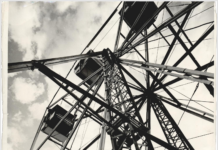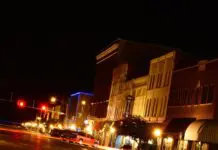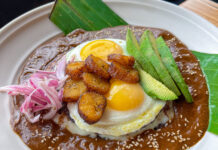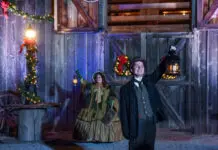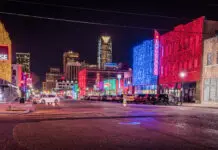Though many of Oklahoma’s beloved amusement parks have long since closed or been torn down, their stories reveal a fascinating glimpse into the state’s evolving culture of fun and recreation. Years ago, for those who couldn’t make it to Six Flags Over Texas, many family-owned amusement parks offered a perfect in-between stop for a vacation. Some are still operating today, like Frontier City, which opened in 1958 on the heavily traveled Route 66 and I-35 in northeast Oklahoma City. Others weren’t so lucky – and closed their gates to the public for various reasons.
“Delmar Garden in Oklahoma City, open from 1902 to 1910, was known as the premier amusement park in Oklahoma territory,” says Matthew Pearce, Ph.D., a state historian with the Oklahoma Historical Society. “It was located south of downtown Oklahoma City along the present Oklahoma River. It closed due to persistent flooding.”
The park offered a swimming pool and a variety of other attractions such as horse races, baseball games, restaurants and a hotel, says Pearce. Belle Isle Park in north Oklahoma City (near the present Penn Square Mall) offered similar amenities.
Not all our Oklahoma amusement parks have a smooth history. Like many private parks in Oklahoma, Doe Doe Park was a segregated facility open only to white patrons. The park was notable for having a large swimming pool at a time when the City of Lawton did not provide an integrated, public alternative.
“During the summer of 1966, civil rights activists staged protests at the park entrance demanding equal access,” says Pearce. “Clara Luper even led a march of approximately 100 individuals from Oklahoma City overnight to Lawton to protest.”
The park was integrated a year or two later, but closed in the mid-1980s. The bridges that originally provided entry to and from the park are preserved in Lawton’s Bridge Park, while the amusement park itself has been replaced by an apartment complex.
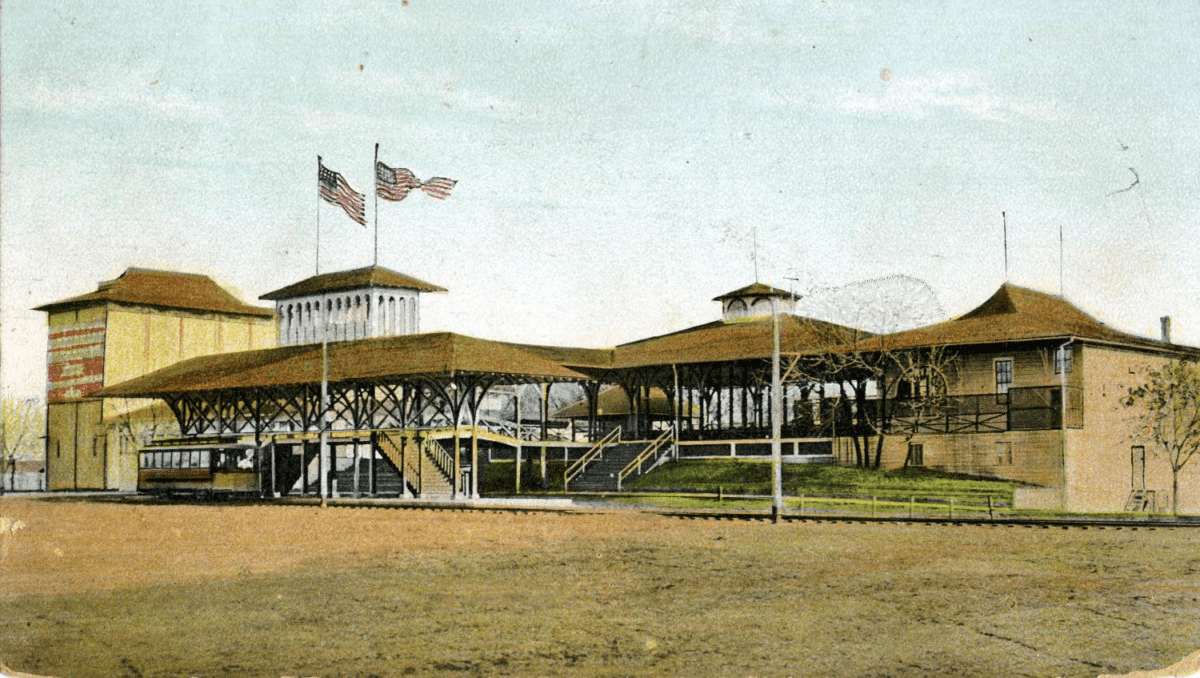
Other amusement parks dotted the Oklahoma landscape. According to The Encyclopedia of Oklahoma History and Culture, Wedgewood Village Amusement Park operated in northwest Oklahoma City in the late 1950s and ’60s. Wedgewood had a carousel, swimming and boating activities, a roller coaster, and other standard park amenities, although it closed in 1969.
In the mid-1920s, William Falkenberg established Crystal City Amusement Park next to (and later, eventually absorbing) Electric Park. He added an ever-growing number of rides, including the large Zingo roller coaster. The park became known for its Casa Loma dance hall, as well. The dance hall and bathhouse burned down in the mid-1950s, and the park soon disappeared.
Lakeview Amusement Park saved some of the Crystal City rides and opened near Mohawk Zoo. Another fun addendum for Tulsans was the Sand Springs Amusement Park, at the end of the Sand Springs Railway line, beginning in 1911 and lasting until the mid-1930s.
Near Jenks, the Skyline Amusement Park thrived from the mid-1950s until the modern Bell’s Amusement Park out-competed it in the late 1960s. In 1969, Skyline management sold the park to a Tulsa liquor distributor who renamed it Indian Nations Park, which closed a year later.
Bell’s, which still flourished at the turn of the twenty-first century, began in 1951, and had a stellar reputation due to its iconic Zingo roller coaster, built in memory of Crystal City’s old Zingo. While there was some stir about Bell’s returning to Broken Arrow back in 2021, owners decided not to move forward with the project in 2023.
Main image cutline: Wedgewood Village Amusement Park operated in northwest Oklahoma City with a carousel, swimming and boating activities, and a roller coaster. It closed in 1969. Photo by Jim Lucas courtesy OHS


